Featured free audio books — Fiction |
|---|

The Adventures of Tom Sawyer
Mark Twain
|
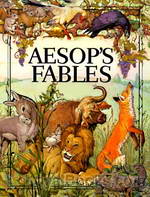
Aesop's Fables
Aesop
|
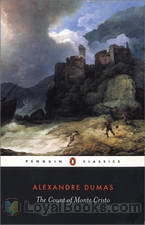
The Count of Monte Cristo
Alexandre Dumas
|
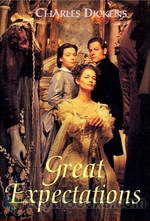
Great Expectations
Charles Dickens
|
|
|
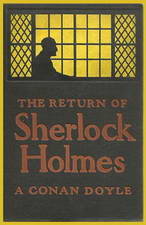
The Return of Sherlock Holmes
Sir Arthur Conan Doyle
|
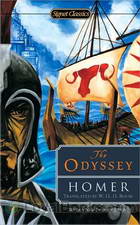
The Odyssey
Homer
|
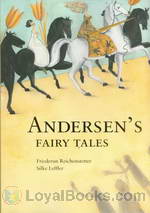
Andersen's Fairy Tales
Hans Christian Andersen
|
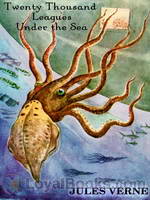
Twenty Thousand Leagues Under the Sea
Jules Verne
|

War and Peace
Leo Tolstoy
|
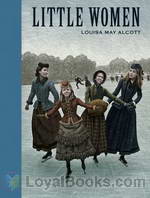
Little Women
Louisa May Alcott
|
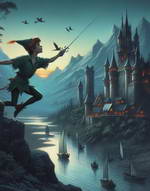
Peter Pan
J. M. Barrie
|

The Three Musketeers
Alexandre Dumas
|
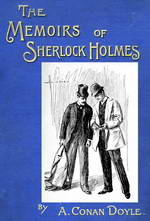
The Memoirs of Sherlock Holmes
Sir Arthur Conan Doyle
|
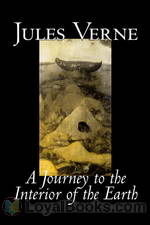
A Journey to the Interior of the Earth
Jules Verne
|
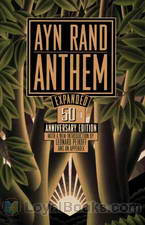
Anthem
Ayn Rand
|

2 B R 0 2 B
Kurt Vonnegut
|
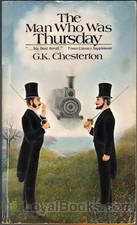
The Man Who was Thursday
G. K. Chesterton
|
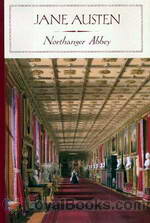
Northanger Abbey
Jane Austen
|
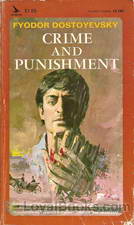
Crime and Punishment
Fyodor Dostoyevsky
|
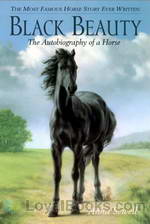
Black Beauty
Anna Sewell
|
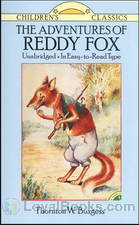
The Adventures of Reddy Fox
Thornton W. Burgess
|
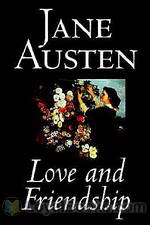
Love and Friendship
Jane Austen
|

Heidi
Johanna Spyri
|

Siddhartha
Hermann Hesse
|
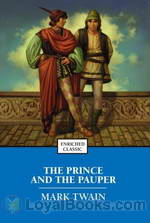
The Prince and the Pauper
Mark Twain
|
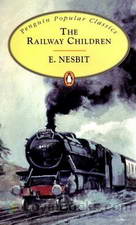
Railway Children
Edith Nesbit
|
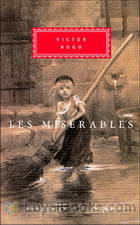
Les Misérables
Victor Hugo
|

As a Man Thinketh
James Allen
|
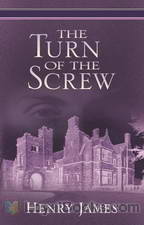
The Turn of the Screw
Henry James
|
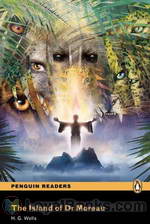
The Island of Dr. Moreau
H. G. Wells
|
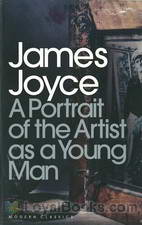
A Portrait of the Artist as a Young Man
James Joyce
|
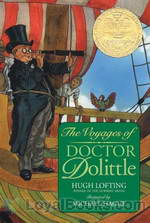
The Voyages of Doctor Dolittle
Hugh Lofting
|